Budget Gardener
8 easy container garden plants to grow on a budget
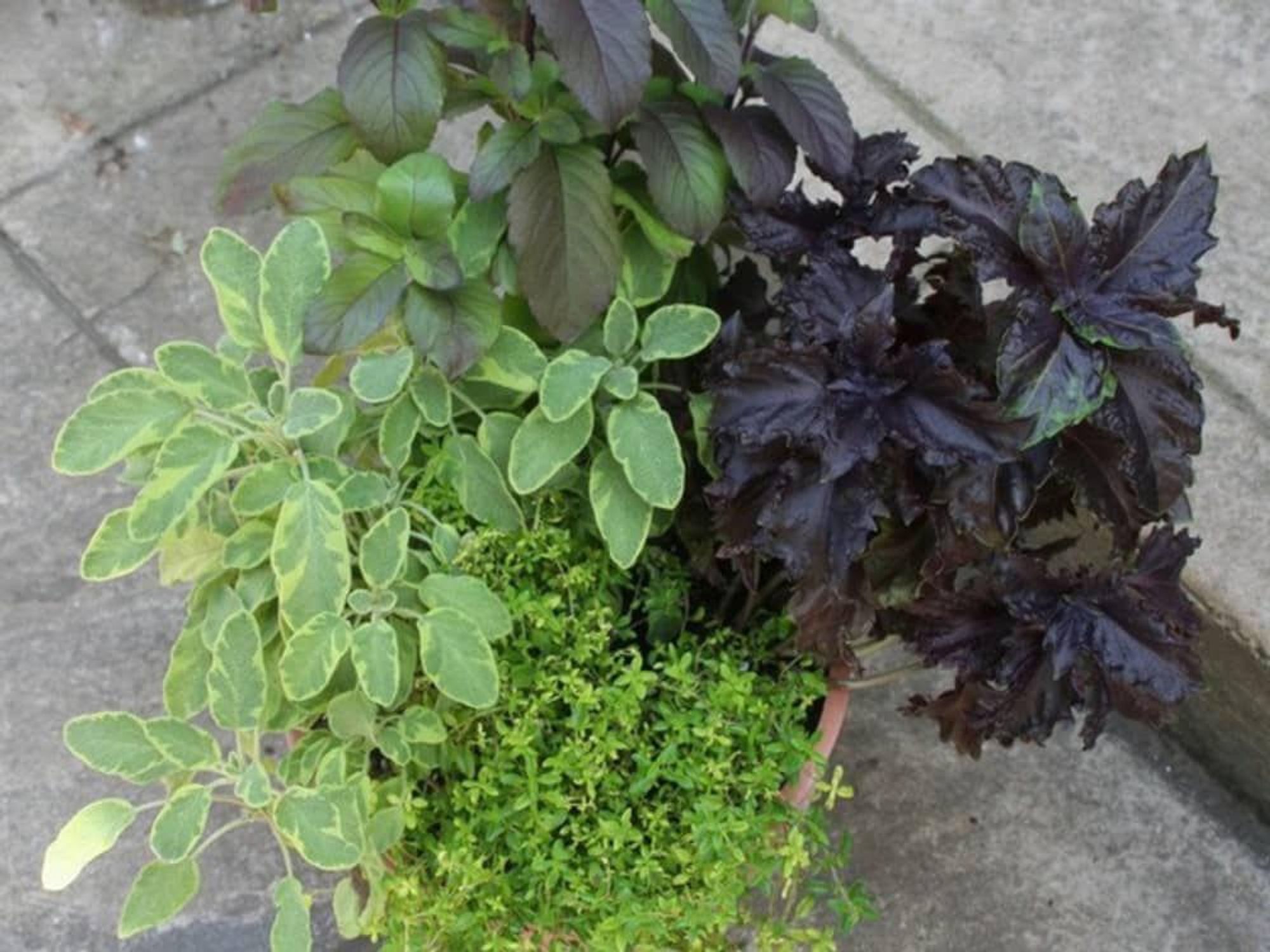
I love growing container gardens and keep many of them throughout my landscape. While I love the instant gratification of a 4-inch starter pot, buying dozens of them to fill all those containers gets expensive. One way to combat this is starting a number of easy-to-grow flowers and herbs from seed.
Another good reason to grow container plants from seed? You can get your gardening fix while the garden is just starting to wake up. Most seeds will need to be started indoors prior to the last frost. Be sure to follow planting instructions on the seed packets; they are a wealth of information, including how deep to plant and when to start.
Zinnia
Zinnias are perfect for container gardens, as they bloom nonstop until frost. They are also very sun and drought tolerant. Their mounding growth habit makes them a perfect filler for containers. With a variety of colors to choose from, they will be useful in many of your designs.
Zinnias are simple to start from seeds. Put the seedlings out after the last frost date or when overnight temperatures stay above 60 degrees Fahrenheit.
Botanical name: Zinnia angustifolia
USDA zones: N/A; treat as an annual
Water requirement: Dry to medium moisture; well-drained soil
Light requirement: Full sun
Mature size: 9 to 12 inches tall and wide
Marigold
Another constant bloomer is marigold. It has cheerful yellow and orange blooms, and it forms a nice, 6- to 10-inch clump when mature. But its natural ability to repel bugs and even deer may be even better than its appearance. This makes marigolds ideal companions in your edible container gardens. Marigold seeds are long, very light, and can blow away easily, so be sure to sow in a spot free from drafts. Wait to plant your marigold seedlings outside after the last frost.
Botanical name: Tagetes patula
USDA zones: N/A; treat as an annual
Water requirement: Medium moisture; well-drained soil
Light requirement: Full sun
Mature size: 6 to 12 inches tall and wide
Grow plants in a sunroom for ideal conditions
Nasturtium
Nasturtium is a great plant, not only because the yellow, orange, and red blooms are pretty, but because they are also edible. They taste peppery and are a nice way to decorate salads and soups. I love to put nasturtium in herb and edible gardens for color. Because the seeds have a tough outer coat, you will need to take an extra step of soaking them for 24 hours prior to planting. Once planted, the seeds will germinate in about a week.
Botanical name: Tropaeolum
USDA zones: N/A; treat as an annual
Water requirement: Medium moisture; well-drained soil
Light requirement: Full sun
Mature size: 1 to 3 feet wide and as tall as 10 feet
Moss rose
Moss rose can take a lot of direct sun and dry conditions. Moss rose is a succulent with small cup-shaped flowers and needle-like foliage. It grows only to about 6 inches tall, so it works great at the edges of containers. Moss rose comes in a wide variety of colors and looks lovely spilling over the sides of a pot. Because it cannot take freezing temps, it's best to plant after the average last frost.
Botanical name: Portulaca grandiflora
USDA zones: N/A; treat as an annual
Water requirement: Dry to medium moisture; well-drained soil
Light requirement: Full sun
Mature size: 3 to 9 inches tall and 6 to 12 inches wide
Decorate containers with wall decals
Alyssum
Alyssum is a mainstay of container gardening due to its small, clumping stature and its constant and fragrant blooms. It typically comes in white or purple, with some mixture in between. While it can tolerate high summer temperatures, it prefers light afternoon shade and moist soils, so be sure to pair it with flowers with similar needs. Alyssum seeds are quick to germinate and can be started indoors several weeks prior to the last frost.
Botanical name: Lobularia maritima
USDA zones: 5 to 9
Water requirement: Medium moisture; well-drained soil
Light requirement: Full sun to partial shade
Mature size: 3 to 9 inches tall and 6 to 12 inches wide
Cilantro
In addition to flowers, several herbs can be grown easily from seed. If you like to cook, you will want to grow these herbs from seed so that you'll have plenty on hand to add to your culinary creations. The plant Coriandrum sativum leads a double life: its seed is considered coriander, while its leaves are called cilantro. In either iteration, it's a tasty and useful herb. Once planted, the herb grows quickly and will bolt, or go to seed, sooner than most. To keep a constant crop, you can plant the seeds every two weeks or so.
Botanical name: Coriandrum sativum
USDA zones: N/A; treat as an annual
Water requirement: Medium moisture; well-drained soil
Light requirement: Full sun to partial shade
Mature size: Up to 2 feet high and 1 1/2 feet wide
Store homegrown herbs on shelves indoors
Italian (flat-leaf) parsley
Parsley isn't just garnish for your plate. It's a mild-tasting herb that works well in many dishes. In addition to its usefulness, it also looks lovely in pots mixed with either herbs or flowers. Because it prefers moist soil, it makes a good companion for nasturtium and alyssum. It comes in either curly or flat-leaf varieties and grows up to 1 foot, but can be kept compact through regular trimming and harvesting.
Botanical name: Petroselinum crispum
USDA zones: N/A; treat as an annual
Water requirement: Medium to moist, well-drained soil
Light requirement: Full sun to partial shade
Mature size: 9 to 12 inches high and wide
Basil
While basil is most commonly associated with Italian cooking, it's actually native to Africa and Asia. Basil comes in a wide range of varieties, and you can use the more ornamental types in containers. Like cilantro, basil is quick to grow. To keep it from bolting, trim flower stems before they bloom. You can also continuously plant the seeds for a constant harvest.
Botanical name: Ocimum basilicum
USDA zones: N/A; treat as an annual
Water requirement: Medium to moist, well-drained soil
Light requirement: Full sun
Mature size: 1 1/2 to 2 feet tall and wide
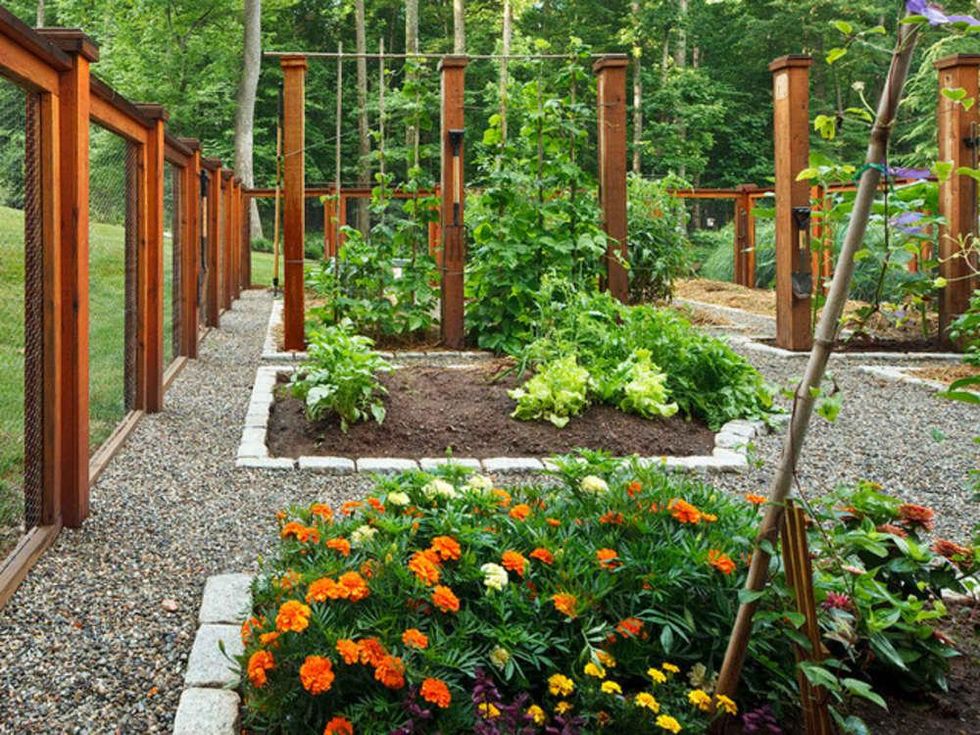
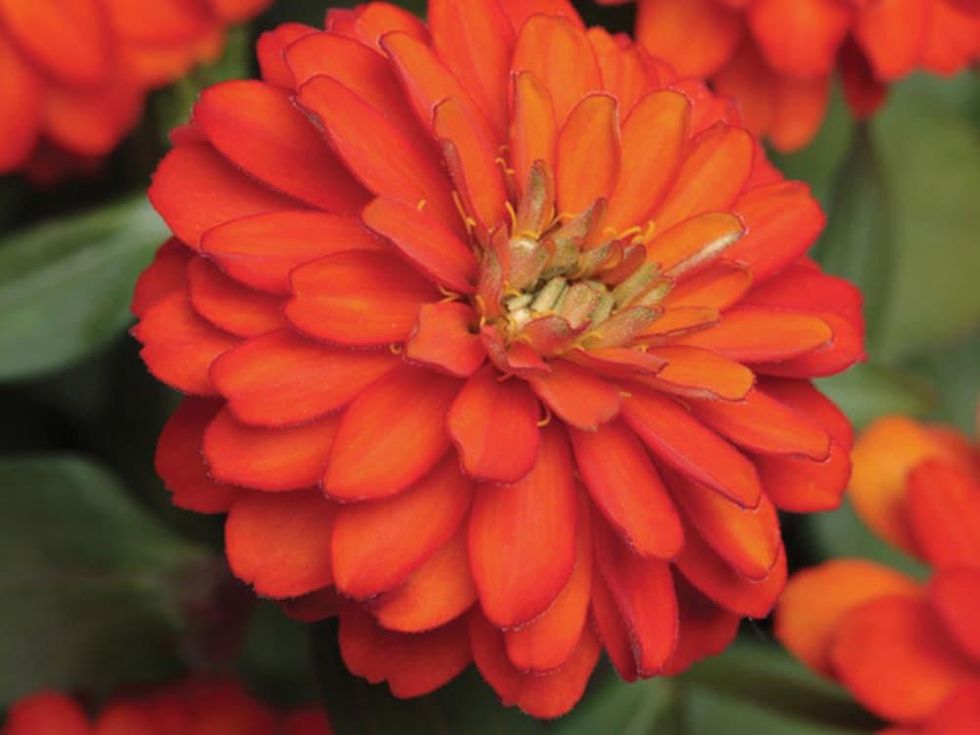
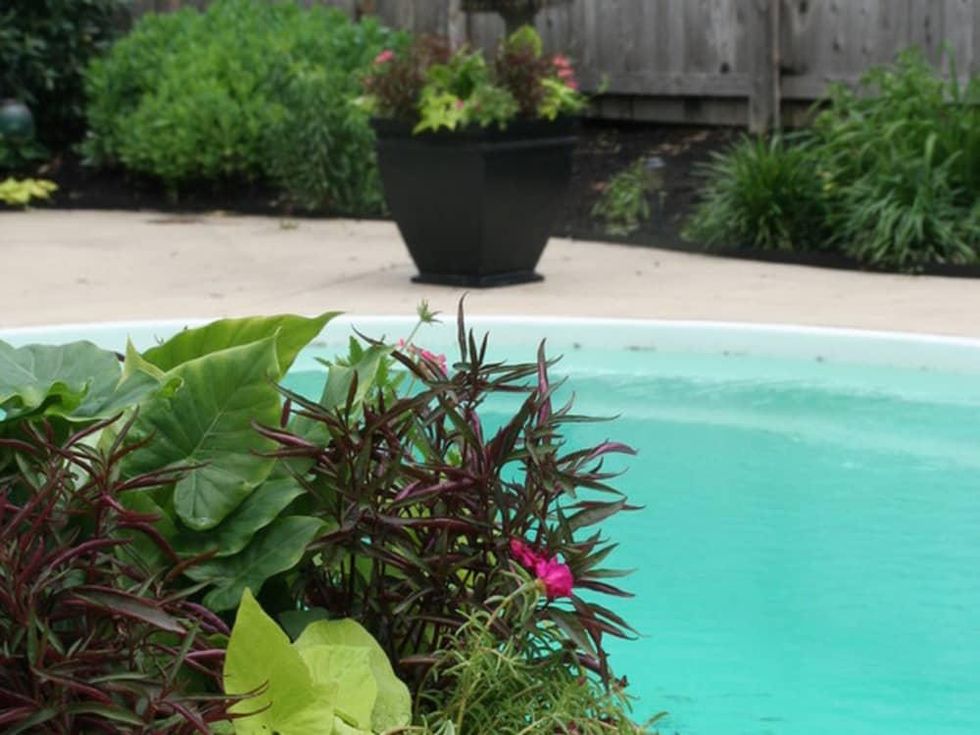
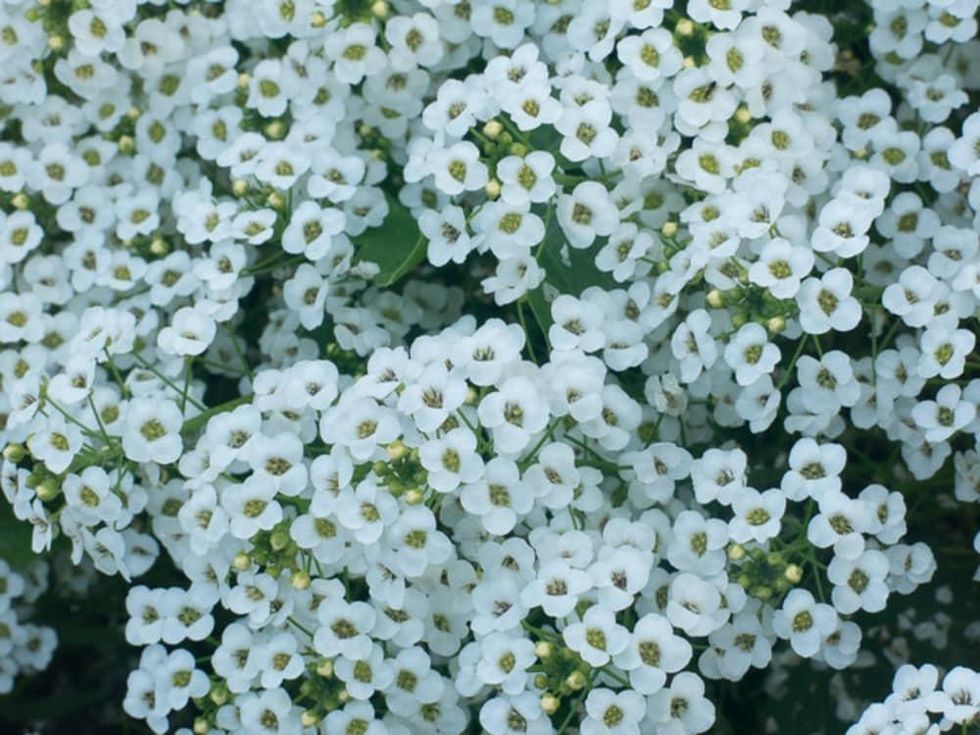
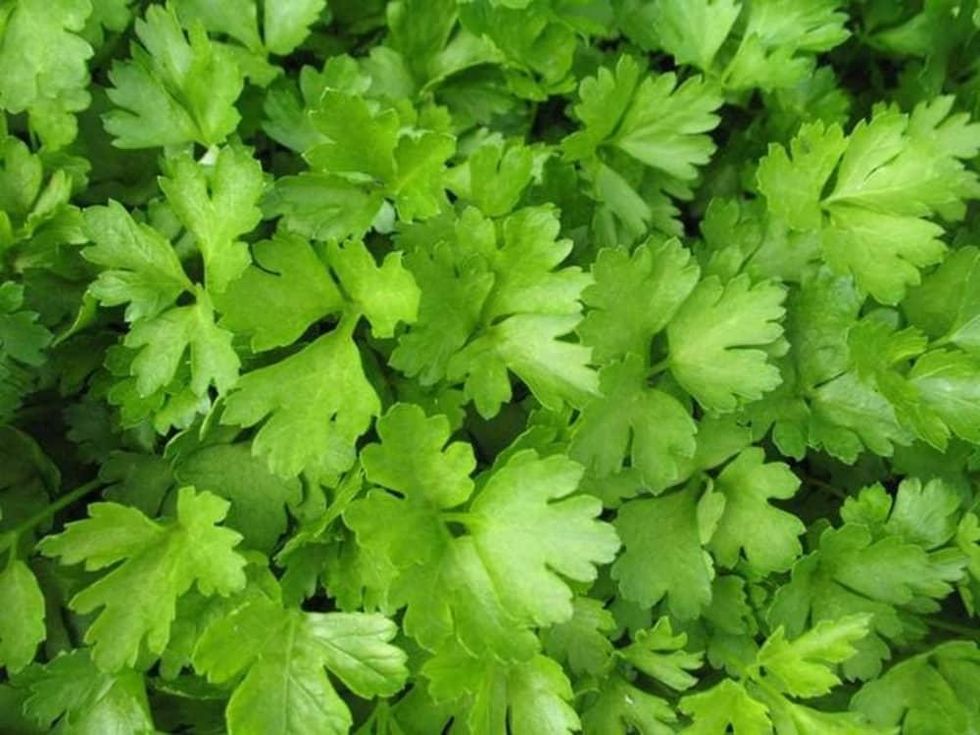
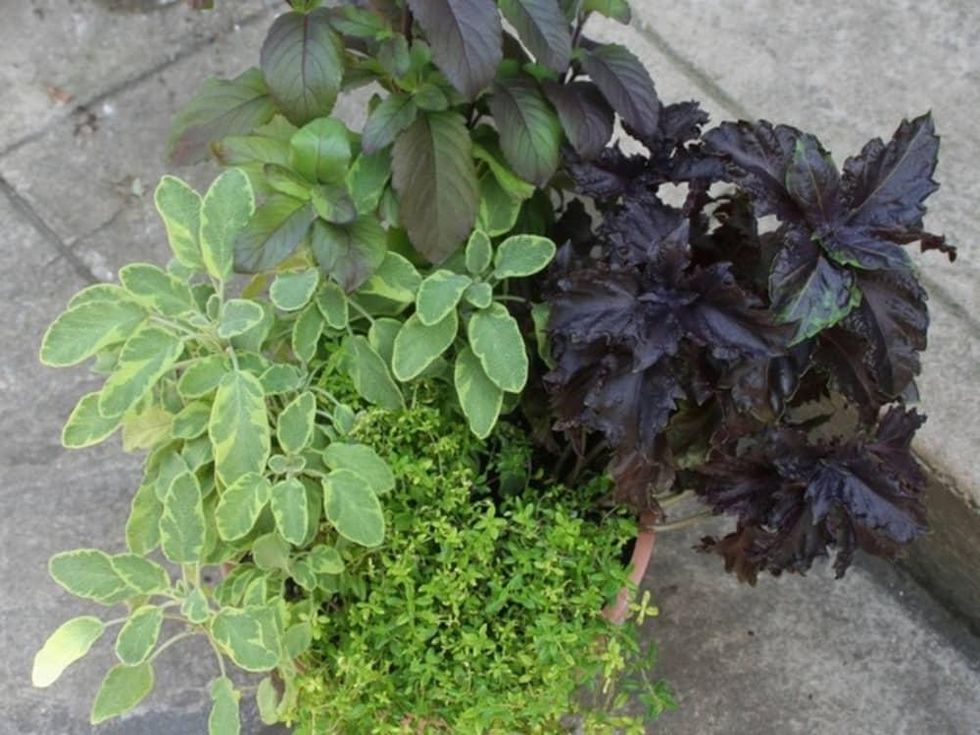
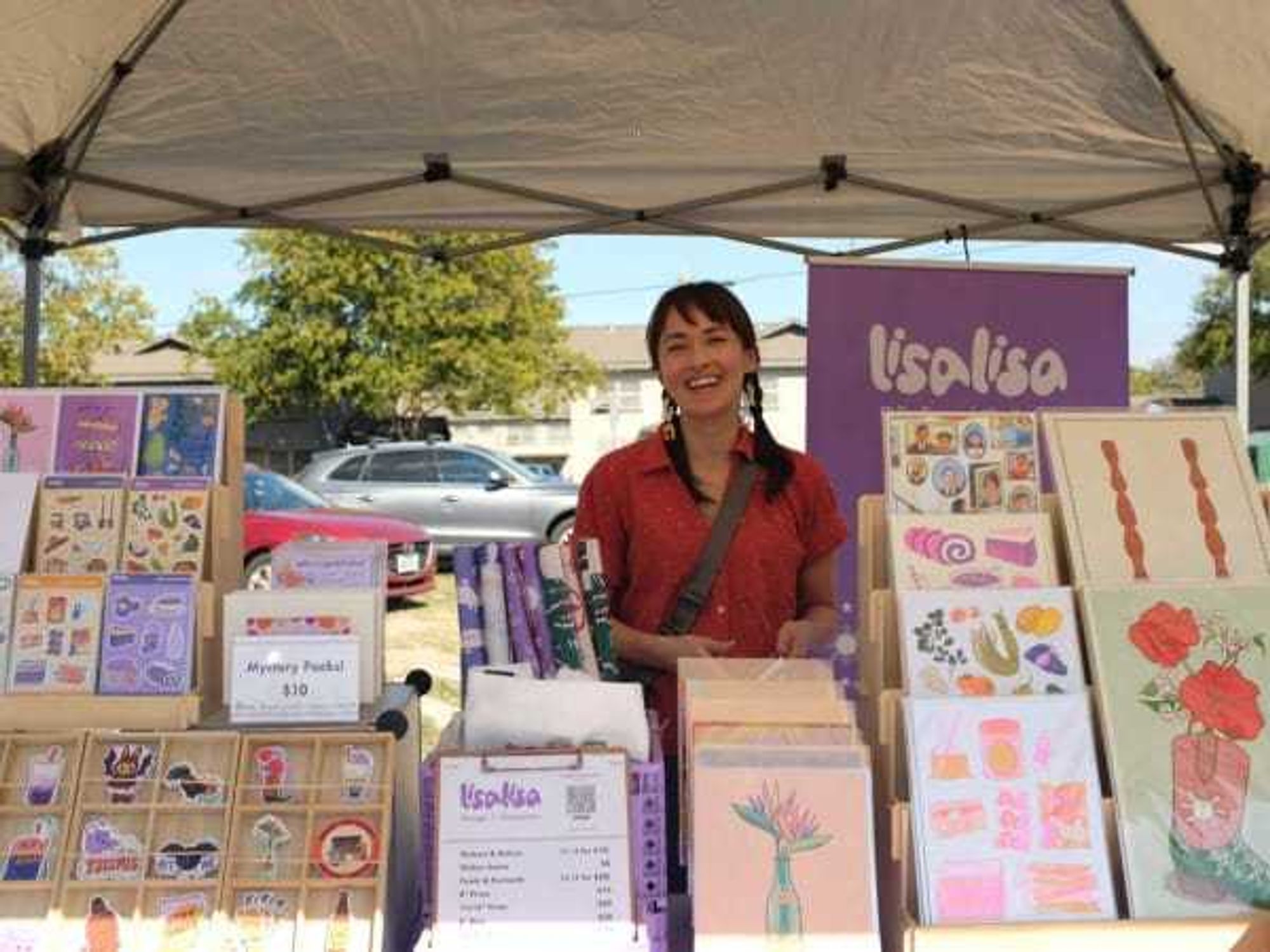
 Asian vendors gathered for Tayo Na launch part, which celebrated the area's
Asian vendors gathered for Tayo Na launch part, which celebrated the area's  Asian Season ATX celebrates Asian Heritage Month at Austin Beerworks.Photo by Joi Conti Photography
Asian Season ATX celebrates Asian Heritage Month at Austin Beerworks.Photo by Joi Conti Photography